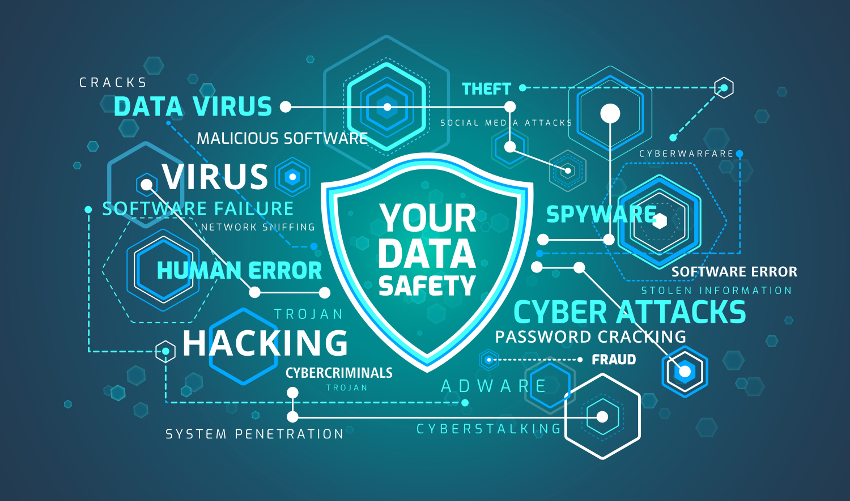Now Reading: The Rise of AI-Powered Cyberattacks: What 2025 Means for Businesses and Individuals
-
01
The Rise of AI-Powered Cyberattacks: What 2025 Means for Businesses and Individuals
The Rise of AI-Powered Cyberattacks: What 2025 Means for Businesses and Individuals

Cybersecurity is entering a transformative era in 2025. As technology advances, so do the threats, and artificial intelligence (AI) is both a weapon for defenders and a tool for attackers. Understanding the impact of AI-powered cyberattacks—and how to protect against them—is now critical for everyone, from corporate decision-makers to everyday users.
Why AI Is Changing the Game
AI systems have matured in the last few years, allowing attackers to automate and adapt their methods in real time. These intelligent threats can scan for system vulnerabilities, craft highly personalized phishing campaigns, and even evade detection by mutating their code when faced with security countermeasures. Unlike older malware, which would follow a fixed pattern, AI-enabled threats learn and evolve after every failed attempt, making them much harder to stop.
Trending AI-Powered Cyberattacks in 2025
- Sophisticated Phishing: Cybercriminals use computer vision and AI-based tools to create convincing emails that bypass filters and trick recipients visually, including logo spoofing and “Quishing” (QR code phishing).
- Deepfake Technology: An explosion in deepfakes has hit social media, with millions of fake audio and video clips circulating. These can be weaponized for fraud, political manipulation, or blackmail.
- Double Extortion Ransomware: Attackers not only encrypt data but also threaten to leak it unless their demands are met.
- AI-enhanced Malware: Malware can now mimic legitimate network traffic and refashion its attacks on the fly, evading even sophisticated endpoint security systems.
- Supply Chain Attacks: Automated, intelligent code looks for opportunities in third-party software and services, making breaches easier and more scalable.
Real-World Examples: August 2025 Highlights
- U.S. Federal Judiciary Breach: Attackers penetrated electronic case filing systems, exposing highly confidential documents; the sophistication points to possible state-sponsored actors.
- SharePoint Zero-Day Exploit: Unauthenticated access to internal portals led to a wave of attacks against businesses using Microsoft tools—demonstrating the urgency of rapid patching and layered defenses.
- Google Salesforce Database Breach: Exploited social engineering and AI-powered tactics to access massive troves of business data.
How Businesses Are Responding
To combat these threats, organizations are making major investments in:
- AI-driven threat detection and mitigation tools that monitor network traffic and automatically respond to anomalies.
- Zero-trust architectures with micro-segmentation and continuous user verification, reducing the risk posed by compromised endpoints.
- Proactive patch management and collaborative threat intelligence sharing so vulnerabilities are fixed before they’re exploited.
- Employee awareness programs targeting social engineering and phishing to reduce risks associated with human error.
What Individuals Should Do
The stakes are high, but individuals can protect themselves by:
- Updating devices and software as soon as patches are available.
- Using multi-factor authentication on every account—especially sensitive ones.
- Being skeptical of emails, messages, and content, especially if it asks for information or money.
- Learning to spot deepfakes and reporting suspicious activity.
Conclusion
AI-powered cyberattacks are one of the most important and dangerous trends of 2025. Both organizations and individuals must upskill, update, and adapt—embracing advanced tools and a proactive, vigilant mindset—to stay a step ahead of the threats. Cybersecurity is no longer just about firewalls and antivirus; it’s about smart, continuous defense against adversaries who are also getting smarter by the day


























